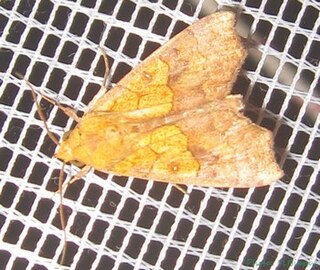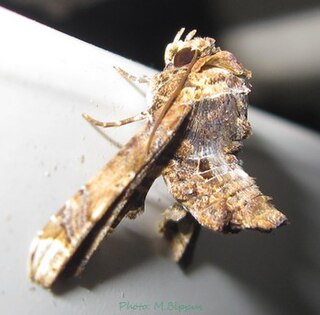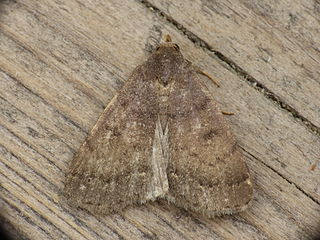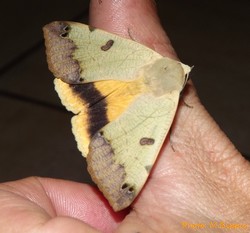
Acontia is a genus of moths of the family Noctuidae. The genus was named by Ferdinand Ochsenheimer in 1816. Eusceptis, Pseudalypia and Spragueia are sometimes included in the present genus, but here they are tentatively treated as different pending further research. Many species of Tarache were also once placed here.

Amyna is a genus of moths of the family Noctuidae erected by Achille Guenée in 1852.

Avitta is a genus of moths of the family Noctuidae described by Francis Walker in 1858.

Anomis is a genus of moths in the family Erebidae.

Athetis is a genus of moths of the family Noctuidae. The genus was erected by Jacob Hübner in 1821.

Bocula is a genus of moths in the family Erebidae. The genus was erected by Achille Guenée in 1852.

Catada is a genus of moths of the family Erebidae. It was first described by Francis Walker in 1859.

Catephia is a genus of moths of the family Erebidae. Most species of this genus are found in Africa.

Corgatha is a genus of moths of the family Erebidae erected by Francis Walker in 1859.

Dichromia is a genus of moths of the family Erebidae first described by Achille Guenée in 1854.

Elusa is a genus of moths of the family Noctuidae erected by Francis Walker in 1859.

Episparis is a genus of moths in the family Erebidae erected by Francis Walker in 1857.

Ercheia is a genus of moths in the family Erebidae. The genus was erected by Francis Walker in 1858.

Euplexia is a genus of moths of the family Noctuidae described by Stephens in 1829.

Eutelia is a genus of moths of the family Euteliidae erected by Jacob Hübner in 1823.

Nodaria is a genus of moths in the family Erebidae described by Achille Guenée in 1854.

Ophiusa is a genus of moths in the family Erebidae erected by Ferdinand Ochsenheimer in 1816.

Plusiodonta is a genus of moths in the family Erebidae erected by Achille Guenée in 1852.

Rivula is a genus of moths in the family Erebidae described by Achille Guenée in 1845.

Risoba is a genus of moths of the family Nolidae erected by Frederic Moore in 1881.




















